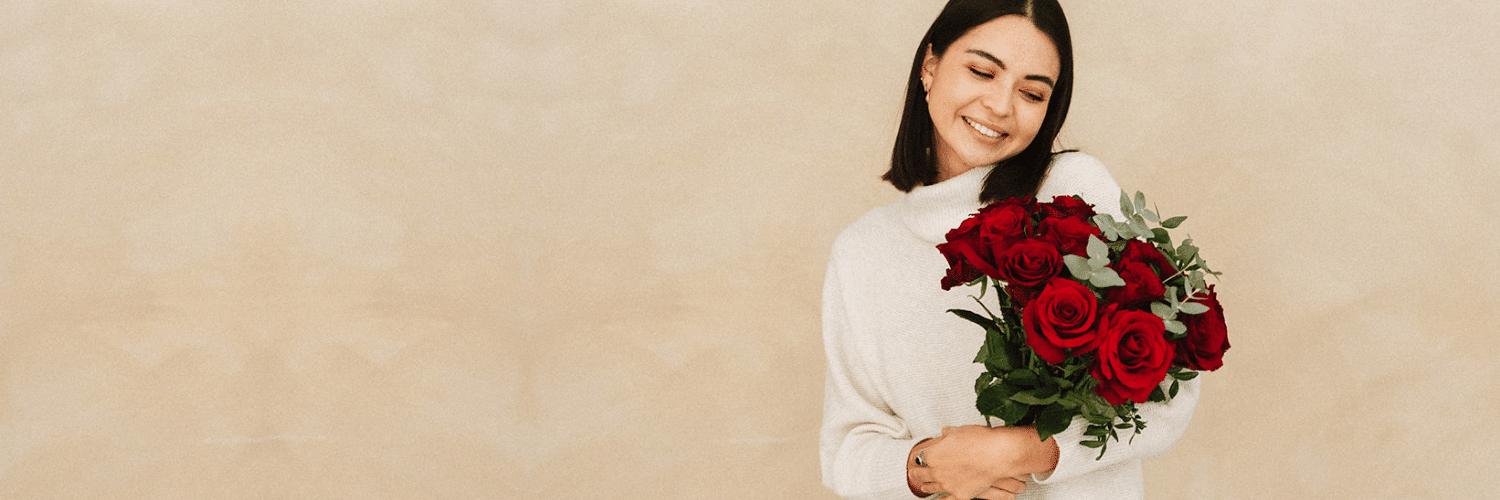How to Choose Wedding Flowers Well
The choice of wedding flowers is not only about symbolism. Several practical factors come into play when creating a floral arrangement that is harmonious, long-lasting, and suited to your budget. The wedding season: opt for seasonal flowers to ensure freshness and reduce costs. For example, peonies are perfect in spring, while dahlias are beautiful in summer and autumn. The theme and colours: your flowers should complement the wedding decor, the bride’s dress, the bridesmaids’ outfits, and the table centerpieces. White, pink, and red are often chosen for their strong symbolism and elegance. The style of the ceremony: rustic, romantic, modern or bohemian – each setting has its ideal flowers. Wild bouquets work well with a natural style, while more structured arrangements are better suited to a classic or elegant wedding.
The venue: whether outdoors or indoors, some arrangements hold up better depending on the environment. For example, sturdier flowers are preferable for an outdoor ceremony.
Allergies: consider avoiding strongly scented flowers if you or your guests are sensitive (such as lilies or mimosa).
See our wedding flower bouquets
You can go for a simple and foolproof choice: popular flowers that work in any season.
Roses: timeless classics, they symbolize love in all its forms. Red roses stand for passion, white ones for purity, and pink ones for tenderness.
Gypsophila: light and romantic, it pairs beautifully with other flowers in a bridal bouquet or table centrepieces.
Orchids: elegant, exotic and refined, they bring a modern touch to your floral arrangements.
Or, for a bolder choice: go with seasonal flowers.
Spring
- Peony: a symbol of sincere love, highly sought after for its full shape and delicate fragrance.
- Ranunculus: dense and romantic bloom, perfect for wedding bouquets.
- Tulip: simple, elegant, and colorful – ideal for a fresh and minimalist style.
Summer
- Dahlia: full and colorful, perfect for a rustic or boho-style wedding.
- Sunflower: warm and cheerful, ideal for a joyful summer decoration.
- Lavender: fragrant and poetic, ideal for weddings in Provence or rustic-themed celebrations.
Autumn
- Chrysanthemum: highly diverse in shape and color, perfect for autumn wedding floral arrangements.
- Amaranth: with its long trailing stems, it creates a spectacular effect.
- Dried flowers: increasingly trendy, they add a vintage touch and last a long time.
Winter
- Hellebore (Christmas rose): delicate and cold-resistant, perfect for a winter ceremony.
- Anemone: elegant, often white with a dark center – ideal for a stylish contrast.
- Cotton: soft and unique, often used in winter bridal bouquets.
Why are flowers so important in a wedding?
Flowers are more than just a decorative element: they set the tone for your wedding, express your emotions, and leave a lasting impression. A well-chosen bridal bouquet, blooming table centerpieces, and carefully arranged floral decorations all contribute to creating a unique atmosphere that reflects who you are.
But beyond their beauty, flowers carry a powerful symbolic meaning. Each variety expresses an emotion or intention: love, fidelity, purity, passion, happiness... Understanding the language of flowers will help you create a wedding that is both harmonious and full of meaning.
This is why they hold such a special place:
- They embody the symbolism of love and commitment.
- They add a touch of poetry and freshness to the decor.
- They can reflect your personality or that of your couple.
- They are often featured in memorable photos, from the bouquet to the ceremony backdrop.
As you can see, choosing the right flowers is much more than a matter of taste. It’s a way to express how you feel through a unique floral arrangement.
Should you give flowers at a wedding?
What Is the Symbolism Behind Wedding Flowers?
Each flower has its own language. When it comes to wedding flowers, symbolism takes on a special meaning: some evoke eternal love, others represent fidelity, purity, or passion. Understanding the meaning of flowers allows you to create a bouquet that is not only beautiful but also rich in significance.
Here are a few popular flowers and their meanings:
- Rose: the most iconic flower. Red roses stand for passionate love, white for purity and innocence, and pink for tenderness and gratitude.
- White lily: a symbol of purity and nobility, often associated with the Virgin Mary. Especially popular in religious weddings.
- Peony: evokes sincere love and a happy married life. Also considered a symbol of prosperity.
- Freesia: associated with trust and fidelity. Its delicacy makes it a perfect companion flower.
- Gypsophila (baby’s breath): often used for its light and airy appearance, it represents eternal love and simplicity.
- Orchid: a symbol of refinement and sensuality, ideal for elegant or exotic weddings.
What Budget Should You Plan for Wedding Flowers?
The wedding flower budget can add up quickly, depending on your preferences, the number of arrangements, and the types of flowers chosen. On average, flowers account for about 8% to 15% of the total wedding budget. But don’t worry — there are plenty of tips to achieve a stylish look without overspending:
Choose seasonal flowers: they’re more affordable, fresher, and often longer-lasting.
Add greenery: eucalyptus, olive branches, or ferns add volume at a lower cost.
Reuse arrangements: a ceremony setup can be repurposed as table or buffet decoration.
Opt for a simple yet expressive bouquet: with a beautiful arrangement, even a few flowers can make a big impact.
Avoid rare or imported flowers: they may be beautiful but often increase the cost without necessarily adding meaningful symbolism.
Factors that influence the price
- The number of floral arrangements: bridal bouquet, boutonnieres, table centerpieces, arch, ceremony decorations, etc.
- The type of flowers: certain varieties like peonies, orchids, or David Austin roses are more expensive than local seasonal flowers.
- Seasonality: ordering flowers out of season often means a higher cost (import fees, scarcity, etc.).
- The complexity of the arrangements: the more intricate or elaborate a composition is, the more time and labor it will require.

